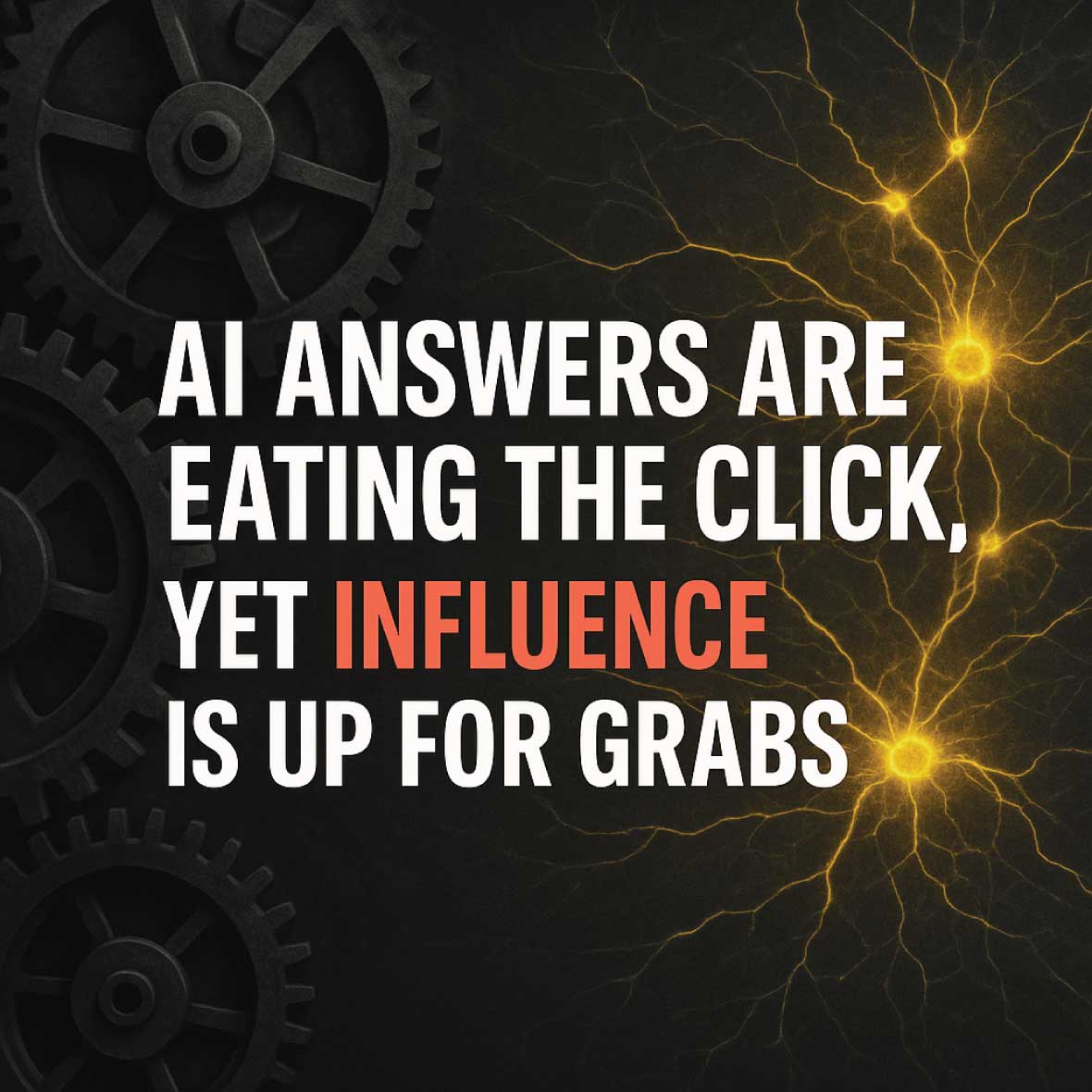
Boards want a clear plan for how AI will reshape headcount, spend, and revenue performance. Over the next five years, high-growth companies will redesign go-to-market around human judgment amplified by agentic systems. This article maps the talent mix, KPIs, and budget shifts you can implement now so your revenue engine is faster, leaner, and measurably smarter by 2030.
Read more: AI Revenue Teams 2030, Part 1: Talent, Targets,...

Funded startups once staffed marketing by adding hands to keyboards. Today, large language models draft copy, optimise bids, and even storyboard campaign videos before lunch. That speed is a gift—if leadership also knows how to assemble the right human orchestra to conduct it. This guide maps an AI‑native org design for a B2B SaaS company selling enterprise‑grade software to SMBs, showing how the team, channels, and tech stack evolve from Series A nucleus to a fully fledged Series B growth engine.
Read more: Re‑Engineering Marketing Teams for the AI Era:...

AI answer boxes now end millions of searches before anyone visits your site. For CMOs, CROs, and CFOs, that breaks the old funnel math: no visits, no attribution, no revenue credit. This playbook rebuilds your measurement stack—so you can prove pipeline even when Google’s AI Overviews or ChatGPT do the talking.
Read more: Beyond the Click: Measuring Demand and Pipeline...

The search results page is no longer just a ladder of blue links. Google’s AI Overviews, ChatGPT Search, Claude, and Perplexity compose answers on the fly and often highlight the sources that informed them. You are now competing to be quoted, not only to be clicked. This article explains what changed in SEO and AIO, why the shift happened, and how to build pages and systems that answer engines trust.

Your first-party data engine is humming, but revenue leaders still ask the only question that matters: “Will it close?” Part II maps a privacy-proof playbook, pairing intent signals with cookieless paid media, tactile direct-mail moments, and disciplined closed-loop reporting, so pipeline keeps rising even as third-party cookies fade. You will not find hacks here. You will find a way to run the same smart sequence every week and make it pay.

Marketers woke up to a world where Chrome’s third-party cookies are wobbling, privacy laws tighten daily, and budgets refuse to shrink. For years, the industry treated cookies as oxygen—fuel for retargeting, lookalike audiences, and attribution models. Now, as the oxygen thins, the smartest teams are breathing differently. They’re not clinging to crumbs of third-party data; they’re building engines that run on consented signals they own. This is how they turn a regulatory reckoning into a competitive edge.
Read more: Part I – ABM After the Cookie Collapse: Building...
- From Insight to Action: Closing the RevOps Data Loop With AI-Driven Decision Flows
- Blueprint for Real-Time Revenue Intelligence: Designing RevOps Architecture That Never Sleeps
- Level‑Up: Why Smart CMOs Use AI to Train the Next Wave of Marketers
- From Makers to Conductors: How LLMs Are Re-shaping Marketing Hiring
